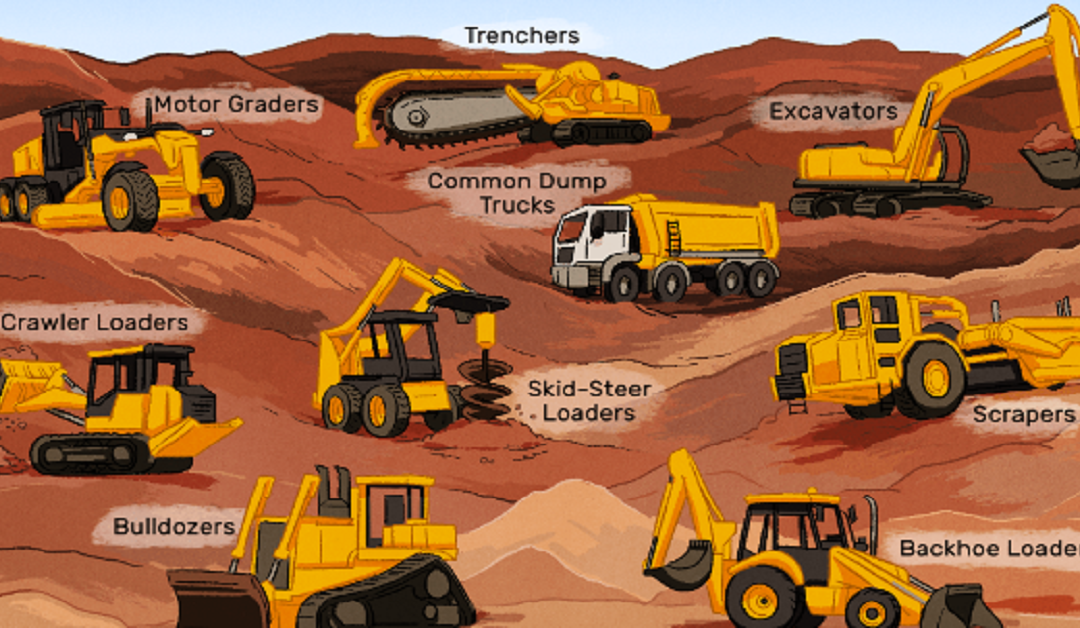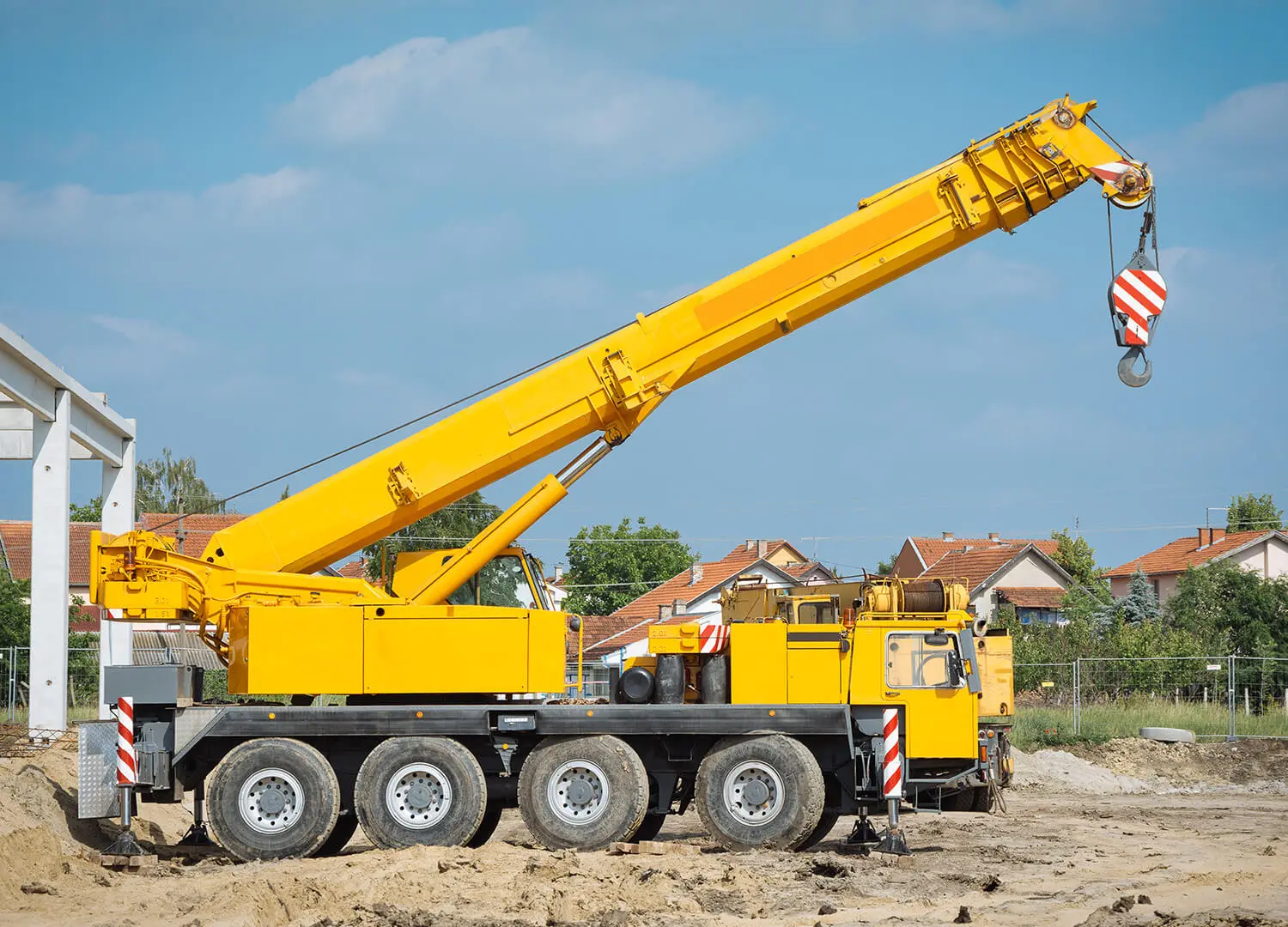Forklift Rental Services for Industrial and Commercial Use
Forklift Rental Services for Industrial and Commercial Use
Blog Article
Renting Out Vs. Buying Building Equipment: Making the Right Option for Your Job
When getting started on a construction project, one of the critical decisions that forecast supervisors and stakeholders deal with is whether to buy or lease building equipment. The decision hinges on various elements such as expense considerations, job period, equipment maintenance, flexibility, scalability, and danger management.
Expense Factors To Consider
Renting devices frequently calls for lower first repayments compared to purchasing, making it an attractive choice for temporary tasks or service providers with spending plan restrictions. In the long run, constantly renting equipment can collect greater costs than buying, specifically for prolonged projects.
On the other hand, getting building equipment involves higher ahead of time expenses but can cause lasting cost savings, especially for long-term projects or regular customers. Owning tools supplies adaptability, convenience, and the potential for resale worth once the task is completed. Additionally, possessing tools allows for modification and familiarity with particular equipment, potentially increasing efficiency and efficiency on-site. Ultimately, the decision in between getting and leasing building and construction tools rests on the task's period, regularity of use, budget factors to consider, and long-lasting monetary objectives.
Project Period

Alternatively, for long-term tasks or recurring construction job, buying equipment can be the much more affordable alternative. Purchasing devices can lead to set you back savings over time, especially if the tools will certainly be frequently made use of. Furthermore, having devices supplies a feeling of control over its schedule and permits for modification to fit certain job needs.

Equipment Upkeep
Provided the crucial role project period plays in figuring out one of the most economical strategy between renting and acquiring building devices, the emphasis currently shifts towards examining the necessary element of equipment maintenance. Proper upkeep is essential for ensuring the optimum efficiency and longevity of construction tools. Leasing devices usually comes with the benefit of having actually well-kept equipment offered by the rental firm. This can minimize the problem of upkeep jobs from the task owner or service provider, saving time and effort. On the various other hand, having equipment requires an aggressive method to maintenance to prevent breakdowns, make certain security, and expand the tools's life-span. Regular examinations, maintenance, and prompt repairs are essential to keep owned and operated tools in leading working problem. Variable in upkeep expenses when choosing between leasing and buying, as overlooking maintenance can cause expensive repair work, downtime, and job delays. Inevitably, a properly maintained building and construction equipment fleet, whether leased or owned, is crucial for the efficient and successful conclusion of building jobs.
Versatility and Scalability
In the realm of building and construction tools administration, the element of versatility and scalability holds considerable relevance for task efficiency and source usage. Deciding to rent out building and construction tools gives a high level of versatility as it enables for the fast modification of tools kinds and amounts based on the developing needs of a task. Leasing makes it possible for professionals to access a vast array of customized tools that may be required for particular jobs without the long-lasting dedication of ownership. This adaptability is specifically helpful for jobs with varying demands or unpredictable durations (forklift rental).
Renting building devices provides the benefit of conveniently scaling operations up or down as job demands fluctuate. Contractors can quickly exchange or include equipment to match the task's altering demands without the restraints of possessing assets that may end up being underutilized or out-of-date.
Threat Administration
Effective risk management in building and construction equipment operations is critical to guaranteeing job success and mitigating potential financial losses. Construction projects naturally involve various threats, such as tools malfunctions, accidents, and task hold-ups, which can considerably influence the job timeline and budget plan. By thoroughly taking into consideration the risks associated with owning or renting out construction tools, job supervisors can make enlightened decisions to decrease these prospective dangers.
Renting out building and construction tools can supply a level of risk mitigation by transferring the responsibility of maintenance and repair work to the rental firm. This can reduce the financial worry on the job owner in situation of unanticipated tools failures (mini excavator rental). Furthermore, leasing gives the flexibility to accessibility specific equipment for specific task phases, reducing the threat of possessing underutilized equipment
On the other hand, having building devices provides a sense of control over its usage and upkeep. Nevertheless, this additionally implies birthing the complete responsibility for repair services, upkeep prices, and depreciation, increasing the monetary threats related to equipment ownership. Cautious danger analysis and factor to consider of variables such as job period, tools application, and upkeep demands are vital in figuring out one of the most appropriate alternative for effective danger monitoring in building projects.
Final Thought
Finally, when choosing between getting and renting building tools, it is crucial to consider cost, task period, devices upkeep, versatility, threat, and scalability administration. Each factor plays an important duty in determining the most ideal option for the job available. By carefully reviewing these aspects, task managers can make an educated decision that lines up with their budget plan, timeline, and general task objectives.

Report this page